VMware unveils vSphere data centre OS
VMware has finally released its virtual data centre operating system.
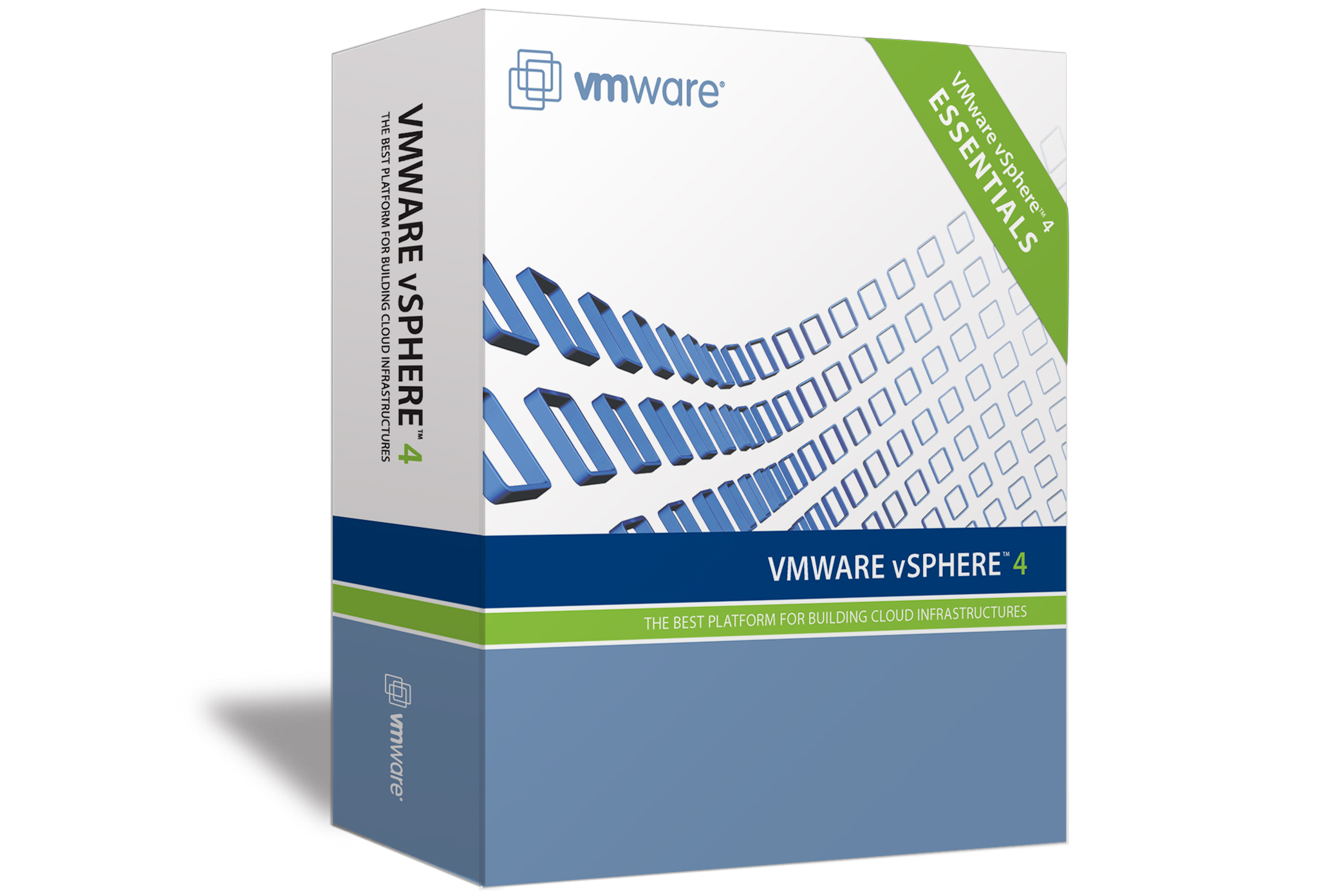

VMware's vSphere virtual data centre operating system (VDC-OS) has finally been released, bringing with it the virtualisation firm's promise of creating an internal cloud.
First announced last Autumn and named earlier this year, vSphere ties together servers, storage and networking, as well as organising applications and security whether physical or virtual.
VMware claimed such a system allows the ideas of cloud computing to be brought into the enterprise, as well as letting internal systems connect to external clouds when necessary.
Aside from the "internal cloud," VMware representatives and analysts at the launch also dubbed the system "IT as a service," a "private cloud," "virtual mainframe," a "giant computer," and a "software mainframe."
Matt Piercy, VMware's regional director for Northern Europe, said it could also be seen as a virtual private network, as it could let firms use "publicly available services and networks, but have it feel like its yours."
The key to all this is that there is no technical lock-in and everything is interoperable. The system supports most operating systems although not Apple's xServe, as that firm has raised licensing issues. Echoing chief executive Paul Martiz earlier this year, Piercy said focusing on standards and interoperability means firms are "not going to be checked into the Hotel California' of computing forever."
Each single resource pool a collection of physical infrastructure can be as large as 32 servers with 1,280 virtual machines and 16 petabytes of storage, VMware said, with higher-end versions vSphere supporting an unlimited number of such resource pools. "The notion that a single virtual machine is not enough to power enterprise applications that's not the case," Piercy said.
Get the ITPro daily newsletter
Sign up today and you will receive a free copy of our Future Focus 2025 report - the leading guidance on AI, cybersecurity and other IT challenges as per 700+ senior executives
While many features have already been announced, VMware also used the launch to share some efficiency statistics. The firm said vSphere 4 offers 30 per cent better consolidation than VMware Infrastructure 3, as well as up to 50 per cent storage savings using thin provisioning. Its new Distributed Power Management tool offers power and cooling savings of 20 per cent, by moving virtual machines to as few physical servers as possible and shutting down unused ones.
Piercy claimed that such savings meant the cost to run each application was better than anyone else on the market.
Another intriguing feature is Fault Tolerance, which runs a copy of a virtual machine in the background in case the first fails, meaning services continue without any disruption at all. "It's possible in the physical space but for most companies, it's cost prohibitive," explained Piercy.
VMware touted vSphere as being great for small and medium sized businesses (SMBs), with the cheapest version starting at $166 per core. Essentials and Essentials Plus will cost $995 and $2,995 respectively for three physical servers.
For enterprises, pricing starts at $795 per processor and ranges as high as $3,495 for the full feature set. Existing VMware customers receive the upgrade as part of their subscriptions, VMware said.
For more products and channel products news, click here to visit IT PRO's sister site Channel Pro.
Freelance journalist Nicole Kobie first started writing for ITPro in 2007, with bylines in New Scientist, Wired, PC Pro and many more.
Nicole the author of a book about the history of technology, The Long History of the Future.
-
 Bigger salaries, more burnout: Is the CISO role in crisis?
Bigger salaries, more burnout: Is the CISO role in crisis?In-depth CISOs are more stressed than ever before – but why is this and what can be done?
By Kate O'Flaherty Published
-
 Cheap cyber crime kits can be bought on the dark web for less than $25
Cheap cyber crime kits can be bought on the dark web for less than $25News Research from NordVPN shows phishing kits are now widely available on the dark web and via messaging apps like Telegram, and are often selling for less than $25.
By Emma Woollacott Published
-
 Lenovo and VMware expand partnership to offer turnkey Nvidia-powered AI solutions
Lenovo and VMware expand partnership to offer turnkey Nvidia-powered AI solutionsNews The collaboration aims to help customers leverage purpose-built Nvidia AI solutions for more predictable outcomes
By Daniel Todd Published
-
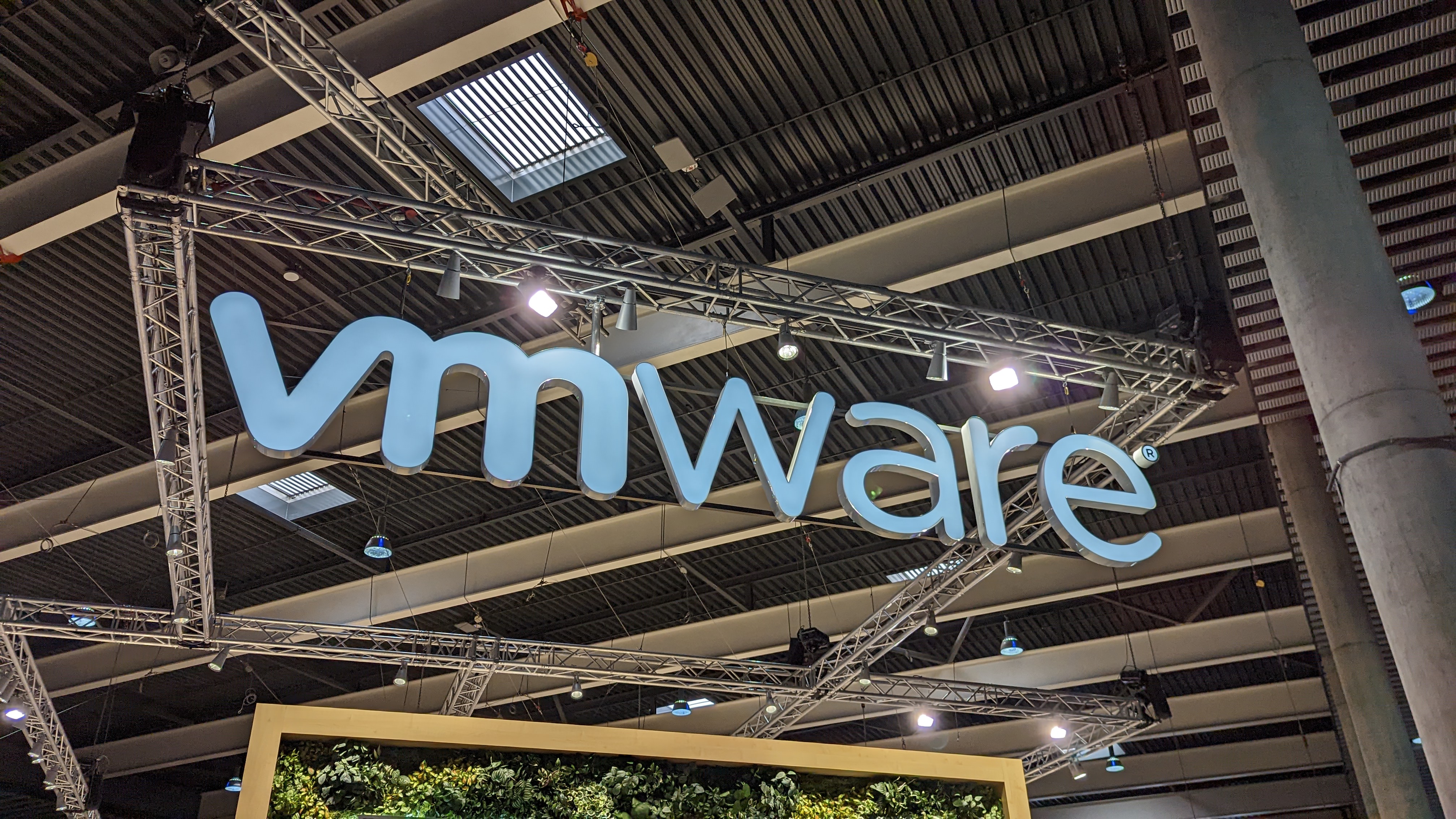 VMware brings XDR capabilities to Carbon Black in a push for lateral security
VMware brings XDR capabilities to Carbon Black in a push for lateral securityNews The cloud giant aims to provide customers with the means to identify and rectify weaknesses across their environments
By Rory Bathgate Published
-
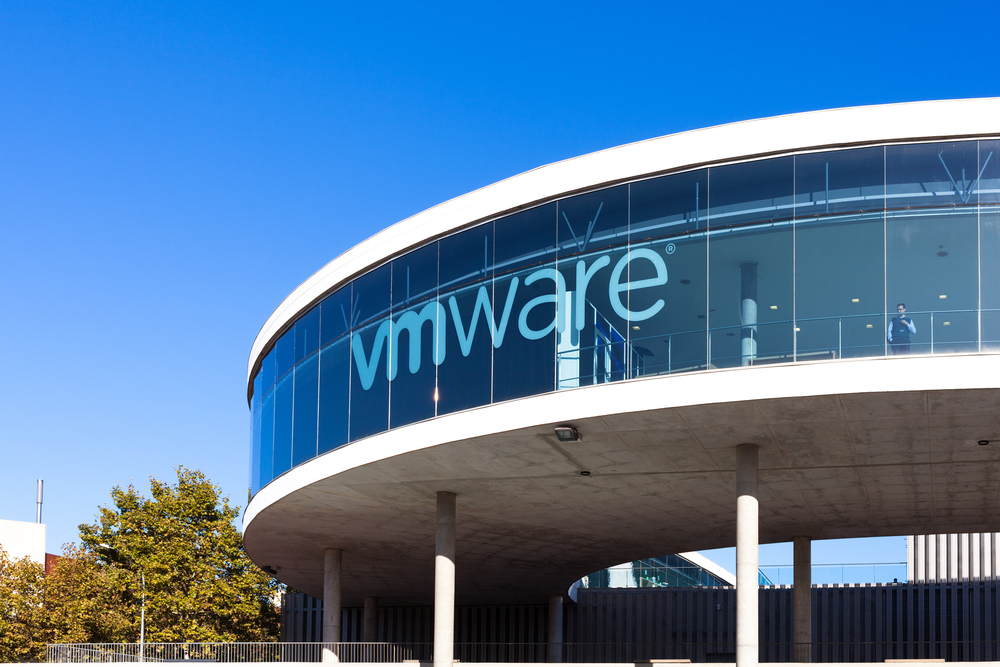 NetApp teams up with VMware to help businesses migrate enterprise workloads
NetApp teams up with VMware to help businesses migrate enterprise workloadsNews Amazon FSx for NetApp ONTAP is the first native AWS cloud storage to be certified as a supplemental datastore for VMware cloud on AWS
By Daniel Todd Published
-
 Virgin Media O2 partners with VMware to speed up 5G rollout
Virgin Media O2 partners with VMware to speed up 5G rolloutNews The UK operator has committed to deploying 5G services to 50% of the UK's population in 2023
By Sabina Weston Published
-
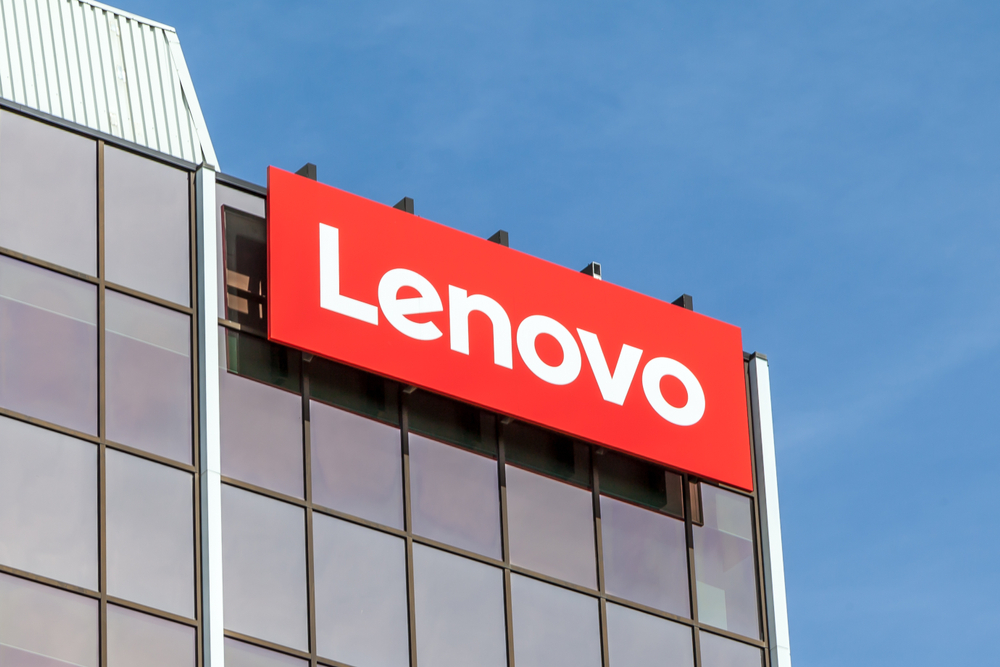 Lenovo and VMware collaborate on resilient edge computing
Lenovo and VMware collaborate on resilient edge computingNews Lenovo ThinkSystem SE350 Edge Servers will ship with pre-installed VMware edge software
By Praharsha Anand Published
-
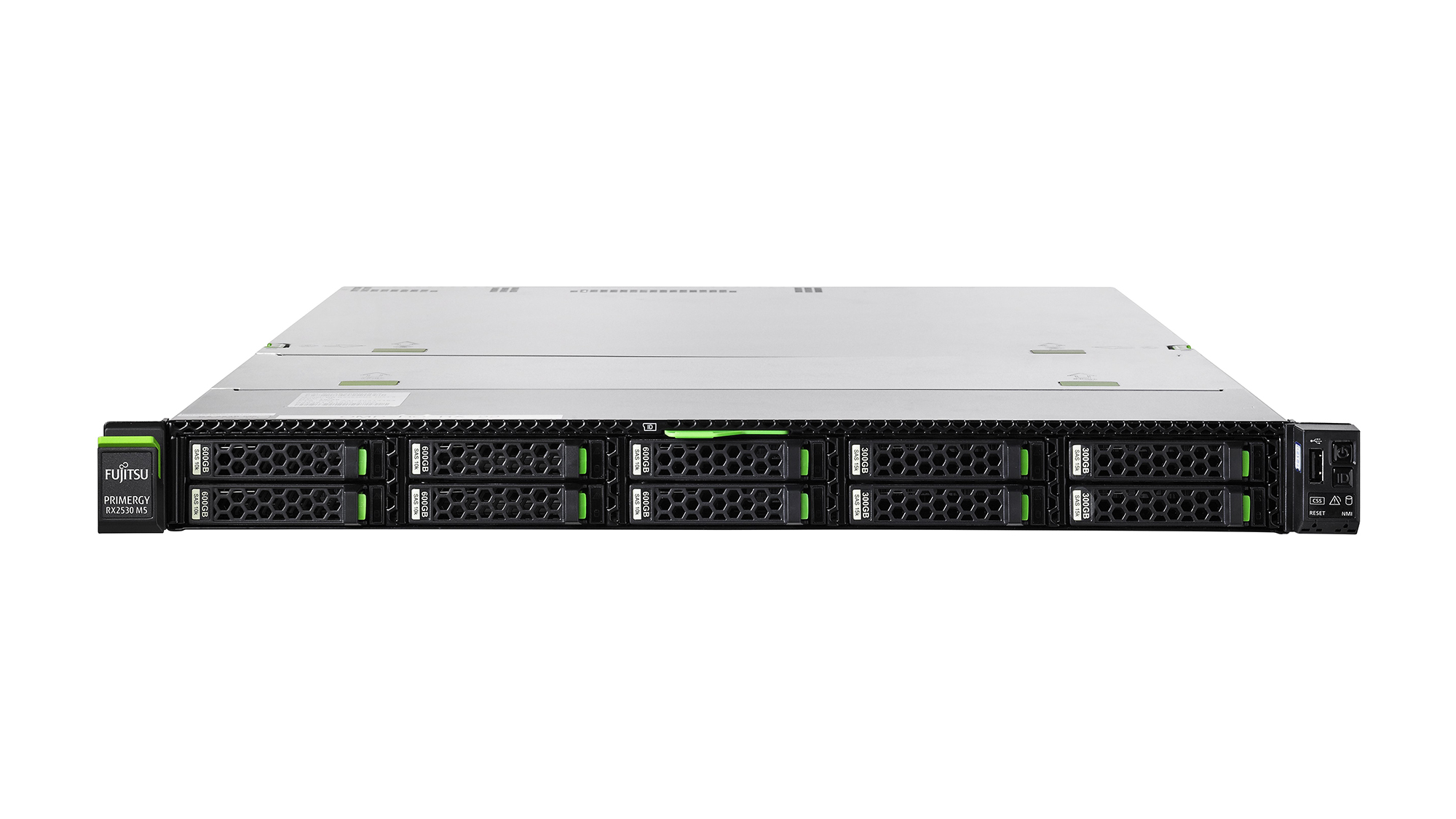
 Fujitsu Primeflex for VMware vSAN Appliance review: A piece of cake
Fujitsu Primeflex for VMware vSAN Appliance review: A piece of cakeReviews Fujitsu’s Primeflex makes VMware HCI deployment and management a breeze
By Dave Mitchell Published
-
 EMC and VWware to axe 1,800 jobs
EMC and VWware to axe 1,800 jobsNews Restructuring cited as primary reason for layoffs.
By Michael Toso Published
-
 VMWorld 2012: VMware bangs drum for software-based datacentres
VMWorld 2012: VMware bangs drum for software-based datacentresNews Virtualisation giant takes wraps off new cloud product suite and talks up benefits of software-defined infrastructure.
By Caroline Donnelly Published